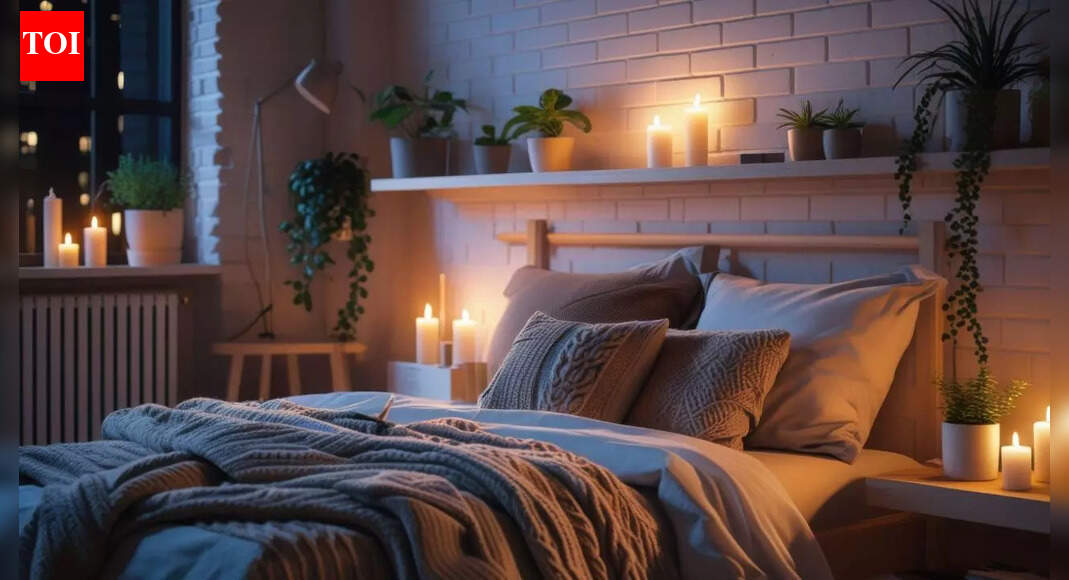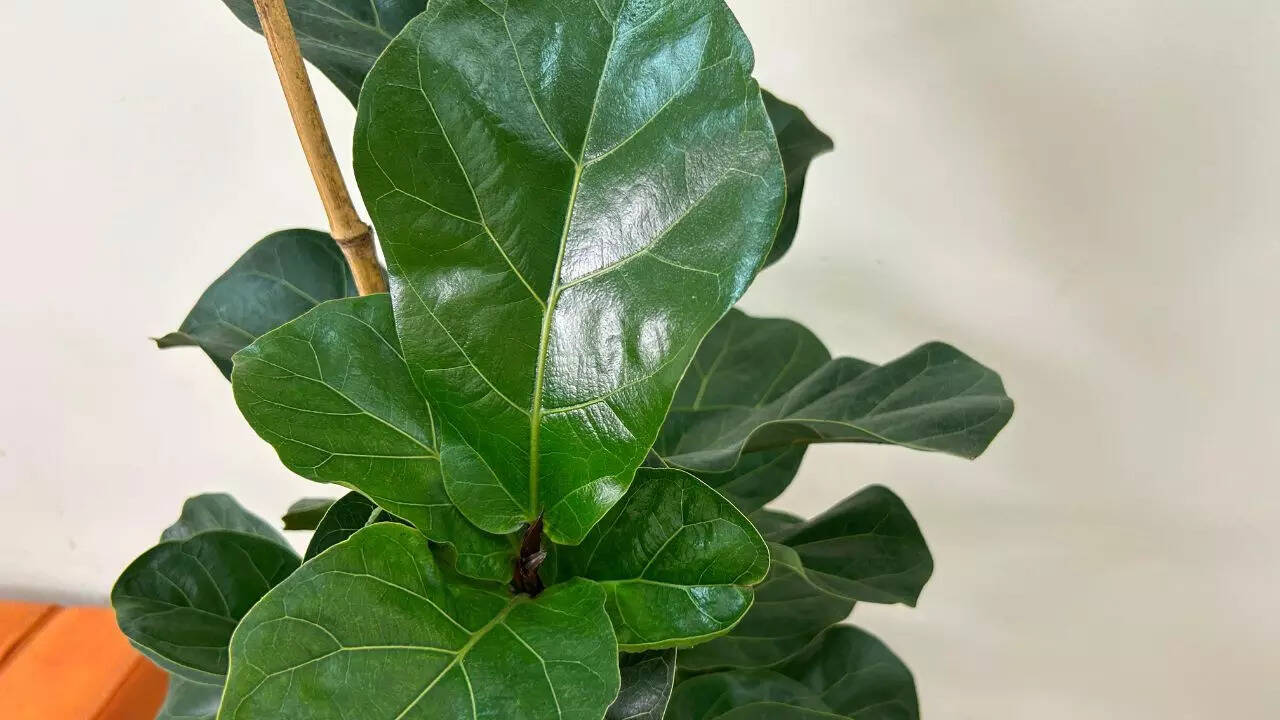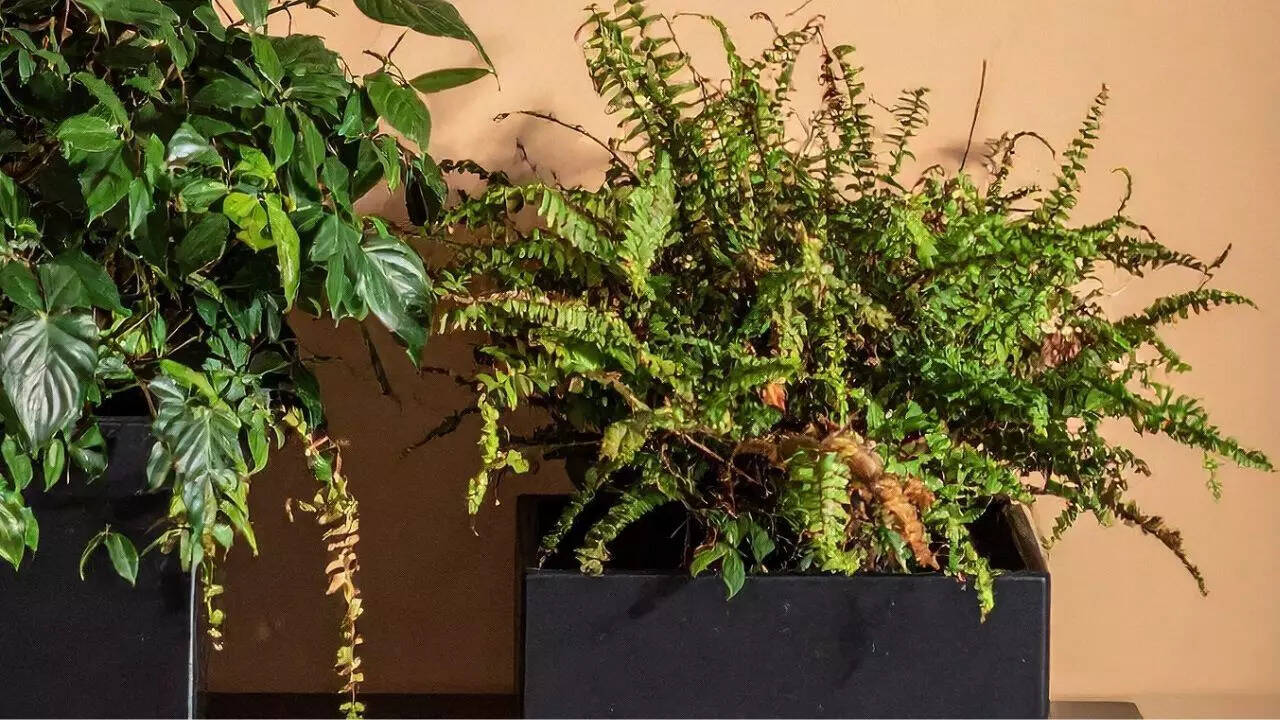
Choosing houseplants for your home is exciting, but when it comes to the bedroom, extra care is needed. Your bedroom is a sanctuary meant for rest, and not all plants are suited to this environment. While many houseplants can purify air or add calming greenery, some can disrupt sleep, trigger allergies, or even pose safety risks. Factors like strong fragrances, toxic sap, high pollen levels, or sensitivity to temperature changes can make a plant more troublesome than beneficial in a personal space. Understanding which plants are unsuitable for bedrooms helps you maintain a peaceful, comfortable environment. In this guide, we explore eight houseplants that should be kept out of bedrooms, explaining why they can cause problems and suggesting better placements where their beauty and benefits can be safely enjoyed without compromising your sleep or well-being.
8 common plants that wreck sleep and stir up allergies in the bedroom

The Ficus family, especially the Weeping Fig (Ficus benjamina), is admired for its elegant, tree-like appearance. It adds sophistication to any room, but it is extremely sensitive to environmental changes such as drafts, temperature shifts, or being moved even slightly. In a bedroom, where temperatures fluctuate from daytime warmth to cooler nights, Ficus often responds by shedding leaves, creating a mess and unnecessary stress. According to a report by the National Academies on indoor allergens, some latex‑producing houseplants (like certain Ficus species) have been linked to sensitisation, and allergen exposure risk increases when many plants are present. A Ficus thrives better in living rooms or entryways with stable temperatures and minimal disturbances, where it can maintain its beauty without constantly shedding.
Jasmine (Night-Blooming Jasmine)
Night-blooming Jasmine (Cestrum nocturnum) is known for its sweet, powerful fragrance, which some associate with calm and relaxation. While appealing in theory, the intense scent can become overwhelming in the enclosed space of a bedroom, potentially causing headaches, stuffiness, or disrupted sleep for sensitive sleepers. Jasmine is best placed in bathrooms with ventilation, living rooms, or outdoor patios where its scent can diffuse naturally, providing enjoyment without interfering with rest.Cacti are low-maintenance and visually striking, requiring minimal care, which might seem ideal for a bedroom. However, their sharp spines pose a real risk, especially during nighttime activities like reaching for a phone or adjusting pillows. Accidental contact can lead to painful injuries, making cacti unsuitable for spaces where safety and comfort are priorities. They perform better on sunny windowsills in kitchens, home offices, or other low-traffic areas where accidental contact is unlikely.

Ferns, such as the Southern Maidenhair Fern (Adiantum capillus-veneris), create a lush, calming atmosphere with their delicate fronds. Yet, most ferns require high humidity, which bedrooms often lack, particularly during winter with heating systems running. Dry conditions lead to brown, crispy fronds and constant shedding, while ferns can also attract pests like spider mites. These plants thrive in humid, well-lit spaces like bathrooms or kitchens, where moisture levels support healthy growth and reduce maintenance frustration.
Large-leaved jungle plants

Monstera (Monstera deliciosa), Elephant Ear (Colocasia), and Prayer Plant (Maranta) are striking, large-leaved plants that can transform a room into a tropical paradise. However, in a bedroom, they can create problems. Their oversized leaves collect dust, aggravating allergies, and their high transpiration rate can increase humidity, making the space feel damp or stuffy. Smaller bedrooms may also feel cramped or claustrophobic. These plants are best appreciated in spacious living rooms, dining areas, or entryways, where air can circulate freely and their dramatic foliage does not overwhelm the space.
Euphorbia Trigona (African Milk Tree)
Euphorbia Trigona, often mistaken for a cactus, is a succulent with upright stems that exude a striking presence. However, its toxic, milky sap can irritate skin and harm eyes if contact occurs, which is a concern in a bedroom where accidental bumps or curious pets are more likely. This plant requires careful handling with gloves and is better suited to bright, low-traffic areas like living rooms or home offices, where it can be admired safely without posing a risk to inhabitants.Chrysanthemums are bright, cheerful plants, popular for indoor decoration. Yet they produce large amounts of pollen, which can trigger allergies such as sneezing, congestion, or itchy eyes. In a bedroom, where airflow is limited, this can significantly reduce sleep quality. Chrysanthemums thrive best in open, airy spaces like living rooms, sunrooms, or outdoor patios, where their pollen disperses naturally and does not interfere with rest.

Bonsai trees are living art, representing patience and horticultural skill. Most species, particularly conifers and deciduous trees, require exposure to natural seasonal changes, including a cold dormancy period. Heated bedrooms disrupt this cycle, weakening or killing the plant over time. Bonsai also require detailed care, including pruning, wiring, and precise watering, which is better suited for hobby spaces. While tropical bonsai can adapt indoors, they still need careful attention and are best kept on patios, balconies, or in rooms dedicated to plant care where seasonal cues are possible.Not all plants are unsuitable for bedrooms. Low-maintenance, air-purifying options like the Snake Plant (Sansevieria) or ZZ Plant (Zamioculcas zamiifolia) tolerate low light and infrequent watering, making them ideal choices. Alternatively, high-quality faux plants can provide aesthetic appeal without interfering with rest. By selecting plants with attention to their care needs and environmental requirements, you can maintain a relaxing bedroom that supports both greenery and sleep.Also Read: 7 surprising ways your home is attracting spiders







